How is South Korean specialty coffee culture evolving?
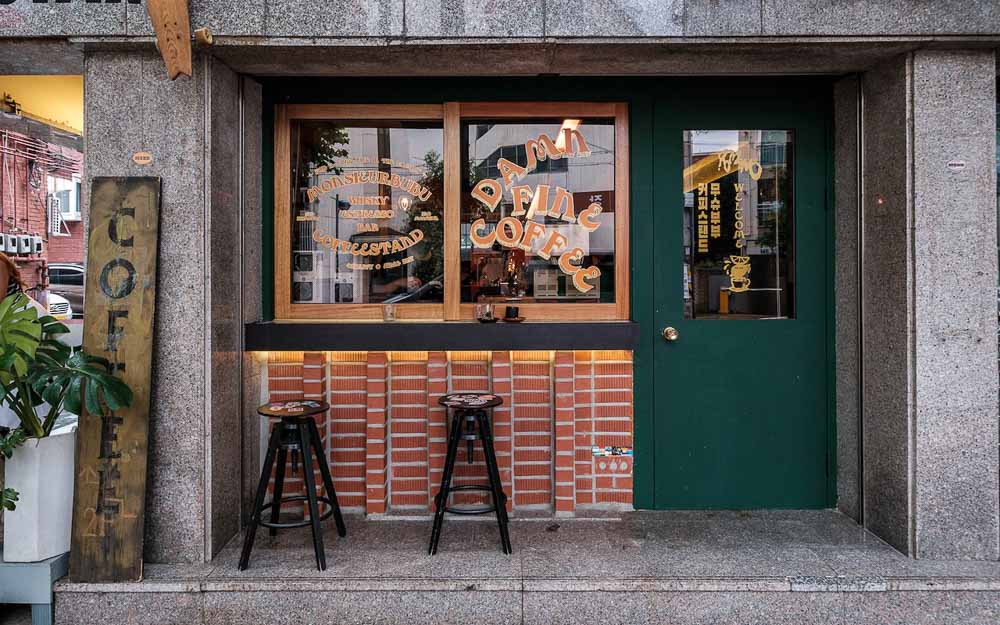
When we talk about some of the most forward-thinking coffee markets in the world, South Korea is often high up on the list. And although the country’s specialty coffee sector is relatively new, innovation is growing at pace.
Given that the Specialty Coffee Association will host its first-ever World of Coffee Asia event in Busan (the second-largest city in South Korea) in May 2024, it’s important to ask how specialty coffee culture is changing in the country.
Charles Costello is the founder of Caffeine Compass, and wrote the first-ever English language Korea Specialty Coffee Guide.
In this article, he explores how the country’s specialty coffee scene is evolving, and what we could expect from South Korean coffee culture in the coming years.
You may also like our specialty coffee shop tour of Seoul, South Korea.
A brief history of coffee in South Korea
Compared to other countries, South Korea’s coffee culture is still young. It was during the late 20th century that coffee became much more popular, but consumption actually dates back further than this.
According to the SCA’s Love at First Sip: A History of Coffee in Korea, during the country’s period of isolationist policy (which lasted until the 1880s, and effectively meant that South Korea remained neutral in other countries’ political affairs), foreign warships would sometimes visit coastal cities. Local officials were often invited onto the ships to mostly drink alcohol, but coffee was also served.
During this time, coffee remained largely inaccessible to most people in the country, and was usually reserved for society’s elite – such as royalty, government officials, or business people.
However, throughout the early to mid-20th century, tearooms (or dabangs) began to open across South Korea. Tea was often the drink of choice, but coffee was also available, among other non-alcoholic beverages.
More dabangs started to open around Seoul – the country’s capital city – but they were still largely open to only wealthier people. Similarly, at this time, coffee was still too expensive for most South Koreans.
From the 1960s onwards, however, dabangs became much more accessible – and served as important social spaces for a more diverse range of people.
The rise of instant coffee & cafés
At the same time that dabangs became more popular, consumption of instant coffee was also growing. In fact, in the late 1970s, Dongsuh Foods (under the licence of Maxwell House) sold the first-ever three-in-one soluble coffee product in South Korea.
Following this, more and more South Koreans started to drink coffee at home. By the 1980s, the country was the biggest consumer of instant coffee in the world.
Instant coffee is still popular today in South Korea, but café culture has also become much more established. It was during the 1980s that more and more coffee shops started to open – with some of them even roasting their own coffee.
Moreover, the country experienced an economic boom in the late 1980s, which meant more people had higher levels of disposable income. In turn, South Korea’s coffee market grew even more.
When did specialty coffee become popular?
While the first South Korean Starbucks location opened in 1999, it didn’t take long before specialty coffee shops started to emerge in the country, too.
Many people consider three coffee shops to have initiated a growing interest in specialty coffee in South Korea:
Terarosa, which opened in 2002
Namusairo, which opened the same year
Coffee Libre, which opened in 2009
Although it was only in 2015 that specialty coffee culture began to explode in South Korea, these three coffee brands played an instrumental role in establishing the market – introducing new concepts such as “seed-to-cup” and single origin pour overs.
Furthermore, these coffee shops encouraged a new generation of baristas to receive more formal training and compete in events such as the World Barista Championship. Ultimately, this helped to establish South Korea’s place in the global specialty coffee market.
The growth of ultra-specialty
As with many other East Asian countries where premiumisation is a bigger part of specialty coffee, South Korea’s ultra-specialty market has been growing for some time now.
In 2008, Lee Yun-seon, Vice President of Terarosa, became the first-ever Cup of Excellence judge in South Korea. This helped to introduce more high-end and exclusive auction lots to roasters in the country.
That same year, Café Bohemian’s Seo Pil-hoon became the first-ever Korean to receive Q grader certification. The following year, under the guidance of Yuko Itoi – a pioneering figure in Japanese specialty coffee culture – Seo Pil-hoon opened Coffee Libre and became the second CoE judge in South Korea.
Shortly after this, El Café Coffee Roasters and Momos Coffee opened in the country – and helped to build the foundation of South Korean specialty coffee culture.
Momos Coffee is now somewhat of a household name in South Korea (as well as all over the world), partly thanks to 2019 World Barista Champion Jeon Joo-yeon.
Started by Q grader Lee Hyun-ki in 2007, Momos Coffee inspired many other roasters and coffee shops to open in the country. These included Blackup Coffee, In Earth Coffee, Werk Roasters, and Hytte Roastery.
Between 2007 and 2013, the South Korean coffee market grew by nearly 300% – which made it the eighth-largest coffee market in the world.
South Korea’s presence at the World Coffee Championships also began to grow. In 2013, using a Panama Gesha from Seoul’s Namusairo, the Korean Brewers Cup Champion Jeong In-seong received a record second place score at the World Brewers Cup in Sydney, Australia.
How is coffee culture changing?
As of 2023, the South Korean coffee market has reached record levels. It’s estimated there are now over 75,000 coffee shops across the country, which is the equivalent of one café per every 700 people.
Now globally recognised for its innovative specialty coffee culture, South Korea will host the first-ever World of Coffee Asia event in May 2024 – which will include the 2024 World Barista Championship, too.
It’s clear why the SCA selected South Korea for the event, and Busan in particular. Although Seoul certainly has a thriving specialty coffee scene, the country’s second-largest city also boasts a range of high-quality coffee shops and roasters.
Fritz Coffee Company is also another notable South Korean roaster. Founded in 2014 by Kim Byeong-ki of Coffee Libre – as well as a team of five world-class baristas, roasters and bakers – Fritz became wildly popular on social media for its retro aesthetic, eye-catching branding and merchandise, and unique seal logo.
As well as other South Korean roasters such as Felt, Coffee Montage, and 180 Coffee Roasters, Fritz’s coffee can be found in coffee shops all over the world.
Looking to the future
In recent years, it’s fair to say that South Korean culture has become much more popular the world over – from TV shows to fashion to music, and even specialty coffee.
At the same time, international coffee brands have also played a fundamental role in developing South Korea’s specialty coffee scene. Opening in May 2019 in Seoul, Blue Bottle had a tremendous impact on the country’s coffee market.
Many Korean baristas have also started to work in other countries, and often bring back a wealth of experience and knowledge. Coffee professionals such as Lee Jong-hoon of Coffee Graffiti, Kim Sa-hong of Coffee Temple, and Jeon Joo-yeon have all helped to elevate the reputation of the South Korean coffee market.
So, it’s evident that interest in the country’s specialty coffee market is continuing to grow – both domestically and internationally.
As part of rising global interest, the Korea Specialty Coffee Guide was recently published in English. The book includes 82 coffee shops from across Seoul, Busan, and Jeju.
There are many prominent coffee markets across the globe, but South Korea is certainly chief among them. With a thriving specialty coffee scene that is continuously innovating, the country is home to some of the most exciting coffee shops and roasters in the world.
And given that coffee consumption is projected to grow in South Korea in the coming years, the country’s specialty coffee sector is sure to keep pushing forward. But exactly how it will change in the future remains to be seen.
Enjoyed this? Then read our article on why WoC Busan will host the 2024 World Barista Championship.
Photo credits: Charles Costello, Shim Jae-beom, Cho Won-jin
Perfect Daily Grind
Want to read more articles like this? Sign up for our newsletter!
The post How is South Korean specialty coffee culture evolving? appeared first on Perfect Daily Grind.
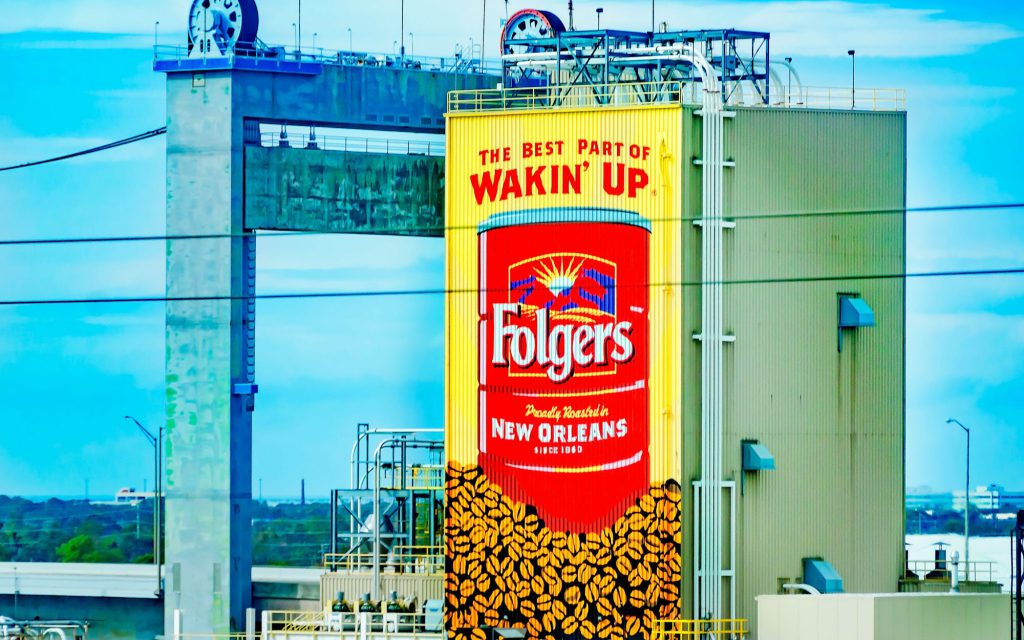
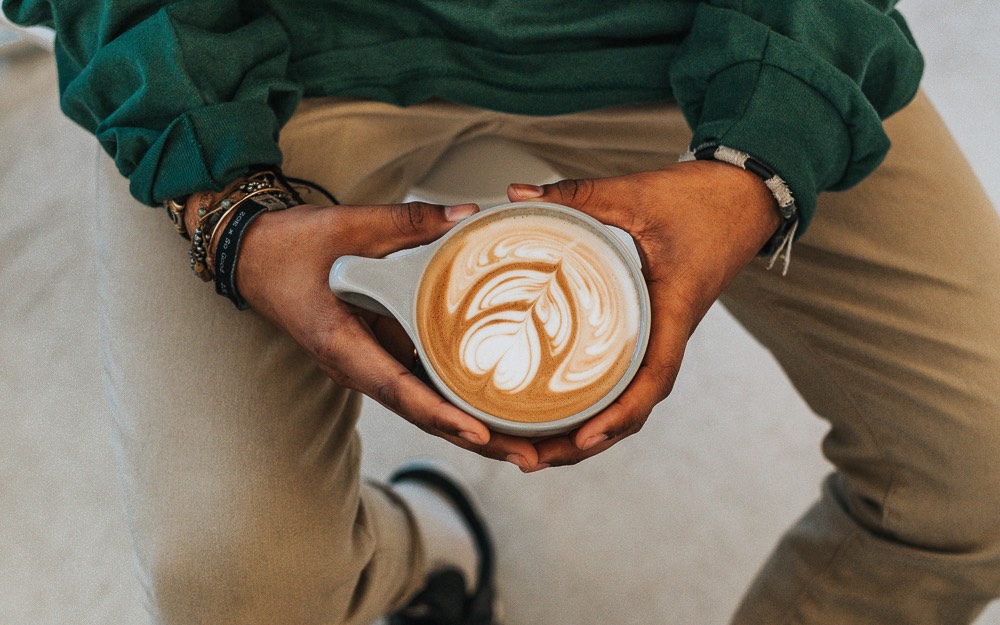
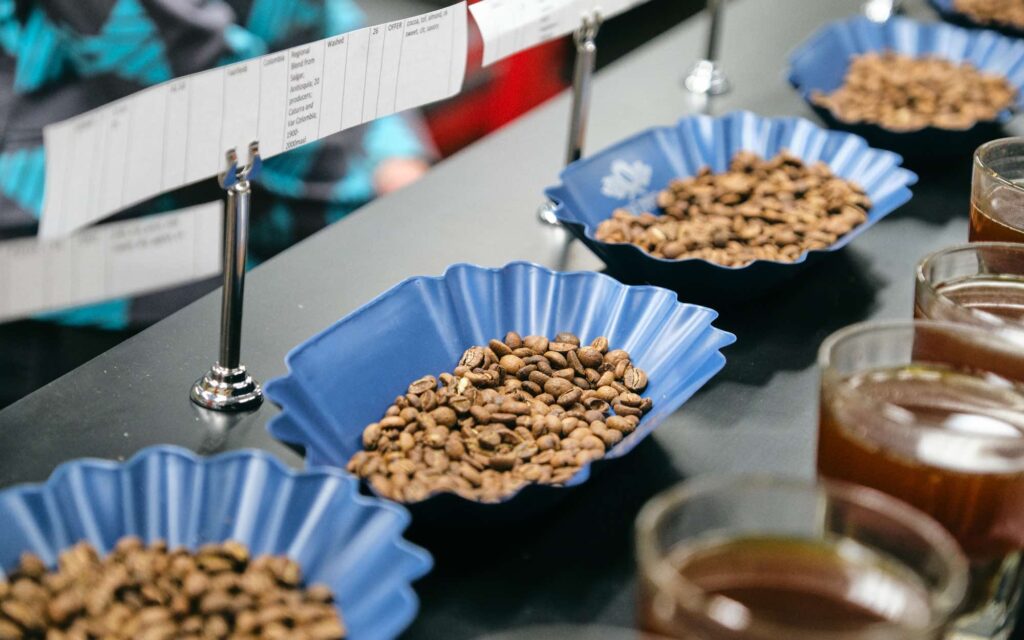
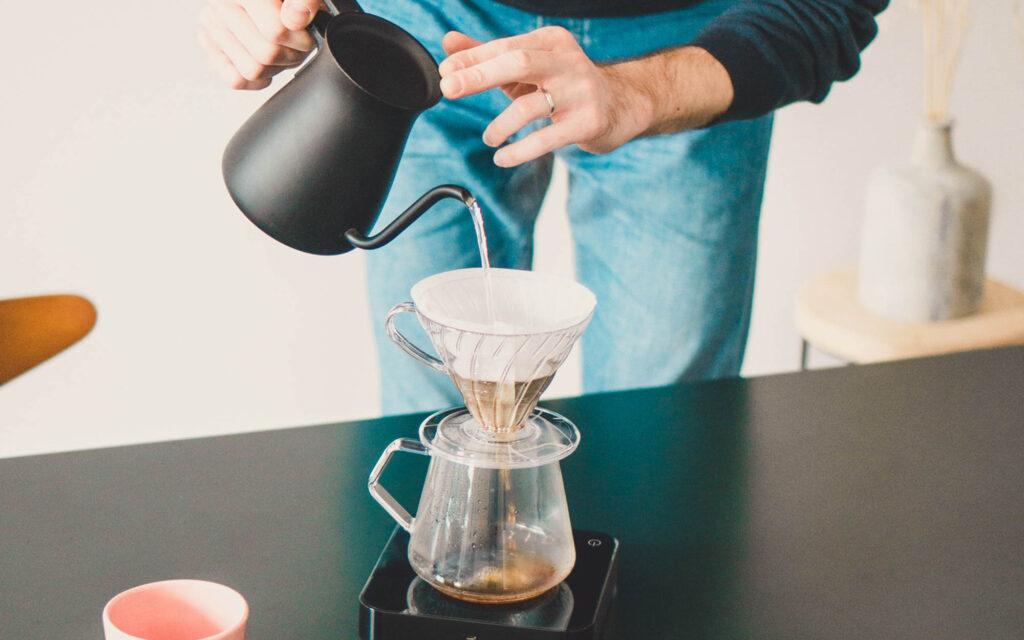
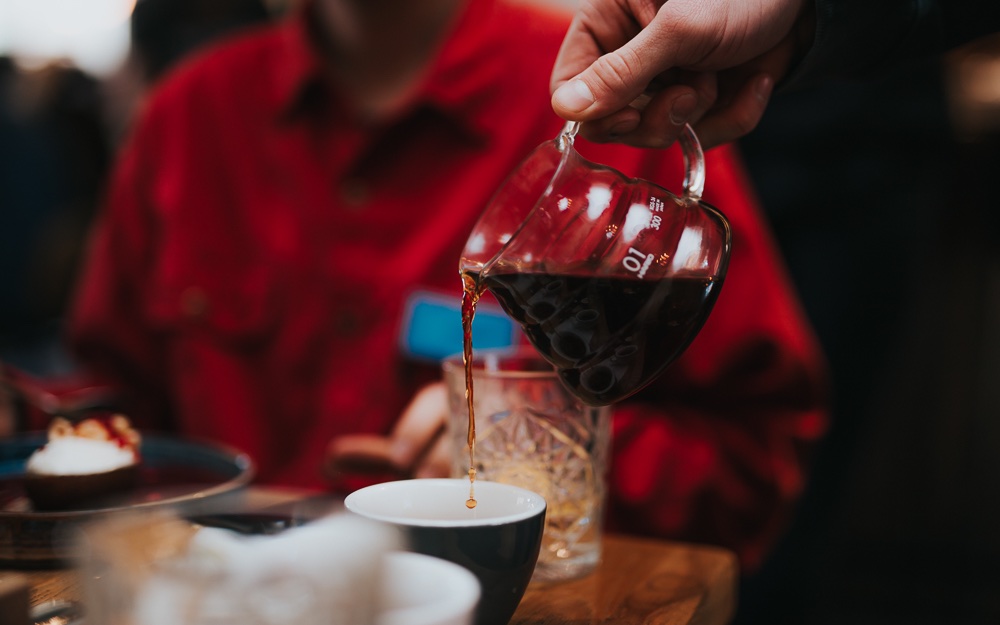
Responses